How many have had to resort to containers
barb_roselover_in
11 years ago
Related Stories
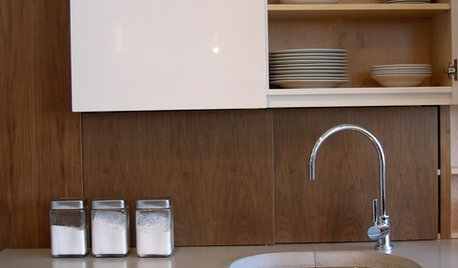
KITCHEN WORKBOOK8 Kitchen Amenities You'll Really Wish You Had
Keep kitchen mayhem and muck to a minimum with these terrific organizers and other time-saving, mess-preventing features
Full Story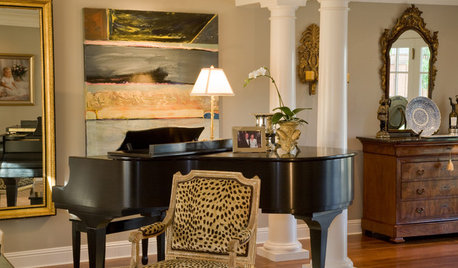
The Many Moods of Leopard
Add a Little Big-Cat Print for a Touch of Luxury, Playfulness, and Surprise
Full Story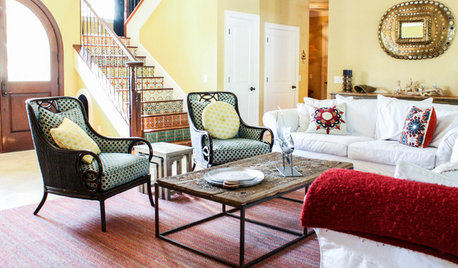
HOUZZ TOURSMy Houzz: Relaxing Mexican Resort Style in a Florida Home
Breezy and vibrant, this island home for a family of 7 has the air of their favorite retreat
Full Story
BASEMENTSBasement of the Week: Backyard Beauty Inspires a Resort-Like Space
Open to the outdoors and all kinds of entertaining possibilities, this spacious renovated basement is fun for the whole family
Full Story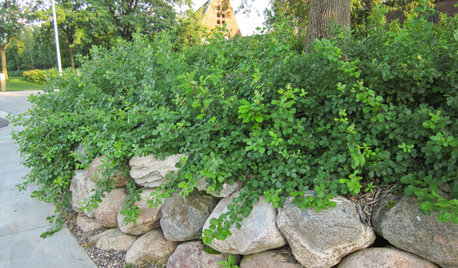
GARDENING GUIDESGreat Design Plant: Rhus Aromatica ‘Gro-Low’ Handles Many Tough Sites
Plant ‘Gro-Low’ fragrant sumac in eastern and midwestern U.S. gardens for its tolerance of tough sites, spreading form and orange fall color
Full Story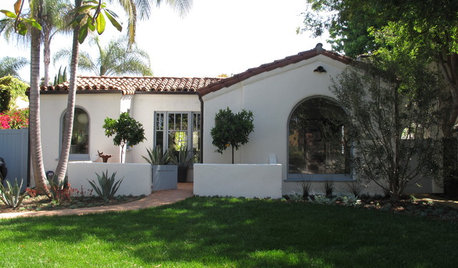
ARCHITECTURERoots of Style: Many Cultures Make Their Marks on Mediterranean Design
If you live in California, Florida or certain other parts of the U.S., your architecture may show distinct cultural influences
Full Story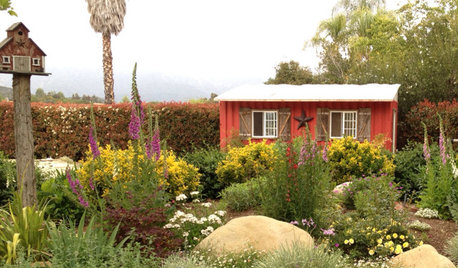
SALVAGEReinvent It: A Shipping Container Goes a Little Bit Country
See how resourceful horse owners turned low-cost storage into a country-style barn for hay
Full Story
CONTAINER GARDENS3 Steps to Creating Quick, Easy and Colorful Succulent Containers
Take a bright container, add a colorful succulent or two and have a professional, summery design in minutes
Full Story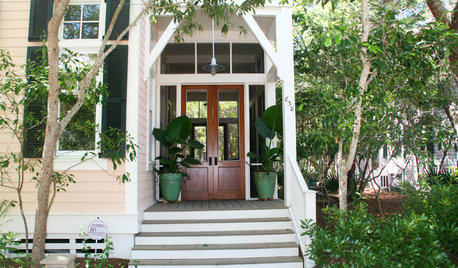
CONTAINER GARDENSWant an Easy Tropical Oasis? Think Container Plants
Tropical plants have taken one coastal community by storm. Come on a walk with us to get ideas for your own porch, patio or garden
Full Story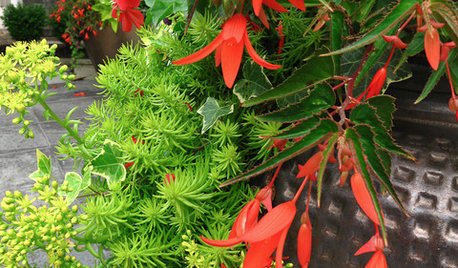
GARDENING GUIDESSuperstar Annuals for Containers and Baskets
High performing, low maintenance and all-around gorgeous, these container plants go the distance while you sit back and relax
Full Story







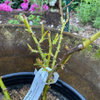

roseseek
seil zone 6b MI
Related Professionals
Canton Landscape Architects & Landscape Designers · Wrentham Landscape Architects & Landscape Designers · Cary Landscape Architects & Landscape Designers · Sahuarita Landscape Architects & Landscape Designers · Allentown Landscape Contractors · Wilmington Landscape Contractors · Bridgeview Landscape Contractors · Hendersonville Landscape Contractors · Lady Lake Landscape Contractors · Leicester Landscape Contractors · Methuen Landscape Contractors · National City Landscape Contractors · New Cassel Landscape Contractors · Nutley Landscape Contractors · Pine Hills Landscape ContractorsUser
ksgreenman
zaphod42
mad_gallica (z5 Eastern NY)
Maryl (Okla. Zone 7a)
minflick
hoovb zone 9 sunset 23
kittymoonbeam
susan4952
barb_in_dc
intris
opaka